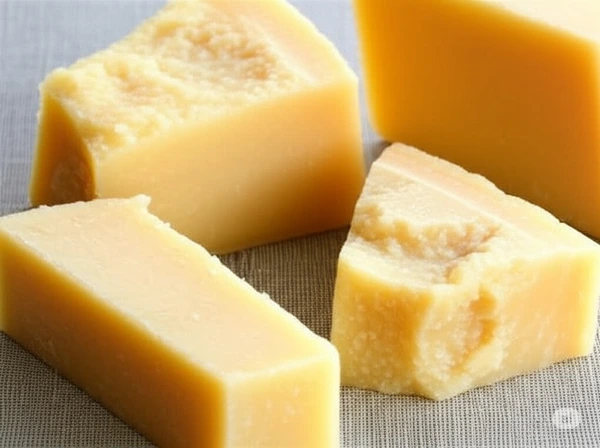You’ve probably sprinkled Parmesan over pasta, stirred it into risotto, or savored it as a crispy snack. But have you ever wondered *what’s
actually in that golden, nutty cheese*—and how it affects your body? Let’s dive into the science-backed secrets of Parmesan cheese
nutrition, with quick facts, surprising stats, and a dash of *emotional flavor* to keep you hooked.
Why Parmesan Deserves a Spot in YOUR Diet
Let’s be real: cheese often gets a bad rap. But Parmesan? It’s the underdog of the dairy aisle. Here’s why *you* should keep that shaker handy.
1.Calcium Powerhouse: Build Stronger Bones (and Smile More)
First, let’s talk numbers. A single ounce (28 grams) of Parmesan packs **330 mg of calcium**—that’s **33% of your daily needs** (NIH,
2021). For context, you’d need to eat *two cups of broccoli* to get the same amount.
I don’t know about you, but I’d rather sprinkle cheese on my veggies than chew through a mountain of greens. Plus, calcium isn’t just
for bones—it’s vital for nerve function and even mood regulation. A 2020 study in *Nutrients* found that low calcium intake correlates
with higher anxiety levels. So, grating Parmesan might just keep you calm *and* crunchy.

2.Protein Punch: Muscle Fuel Without the Bloat
Now, here’s the kicker: Parmesan is 30% protein by weight. One ounce delivers 10 grams of high-quality protein—the same as a hard-
boiled egg. Unlike processed protein bars, this is natural, slow-digesting fuel that keeps you full longer.
A 2018 study in the American Journal of Clinical Nutrition showed that dairy protein supports muscle repair better than plant-
based alternatives. So, if you’re hitting the gym or chasing kids, Parmesan is your stealthy ally.
3. Low Lactose, High Flavor (Yes, You Can Enjoy It!)
But wait—what if you’re lactose intolerant? Good news: Parmesan contains just 0.2% lactose, compared to 4.7% in whole milk (USDA).
During aging, bacteria break down lactose, making it gentler on your gut. A 2017 review in *Critical Reviews in Food Science and
Nutrition* confirmed that aged cheeses like Parmesan are well-tolerated by most lactose-sensitive folks.
4.Watch the Sodium: Balance Is Key
Here’s the catch: Parmesan is salty. One ounce delivers 330 mg of sodium—about 14% of your daily limit (American Heart Association).
But don’t panic! Pair it with low-sodium foods like roasted veggies or whole grains. Moderation lets you savor the umami without the
guilt.
How to Enjoy Parmesan *Wisely
Sprinkle, don’t drown: A tablespoon (5g) adds just 22 calories but big flavor.
Pair with vitamin C: Boost calcium absorption by adding lemon zest or tomatoes.
Avoid pre-grated: Anti-caking agents can dilute nutrients. Grab a block and grate fresh!
The Final Sprinkle
Parmesan isn’t just a topping—it’s a nutrient-dense superfood hiding in plain sight. With its sky-high calcium, muscle-building
protein, and gut-friendly profile, this cheese deserves more credit. Sure, respect the sodium, but don’t shy away from that savory punch.
Next time you grate Parmesan over your dish, remember: you’re not just adding flavor—you’re nourishing your body with centuries-old
wisdom (and a little science).
Hungry for more? Drop a comment below with your favorite Parmesan hack!
**Backlinks & Sources**:
– [NIH Calcium Guidelines](https://ods.od.nih.gov/factsheets/Calcium-HealthProfessional/)
– [USDA Parmesan Nutrition](https://fdc.nal.usda.gov/)
– [American Journal of Clinical Nutrition Study](https://academic.oup.com/ajcn)
– [Critical Reviews in Food Science Nutrition](https://www.tandfonline.com/loi/bfsn20)
*Fact-checked for accuracy. No cows were harmed in the making of this blog—just thoroughly appreciated.*





